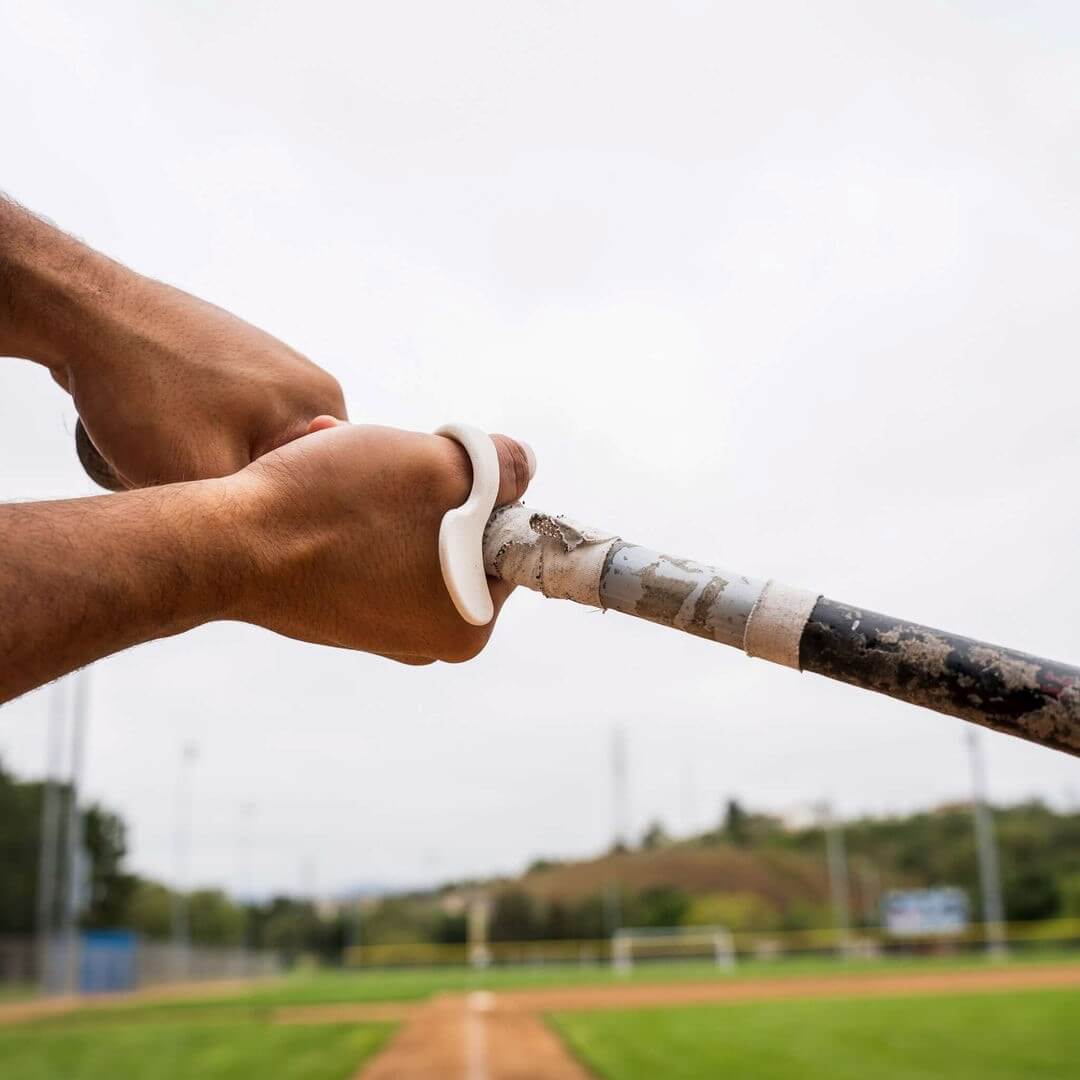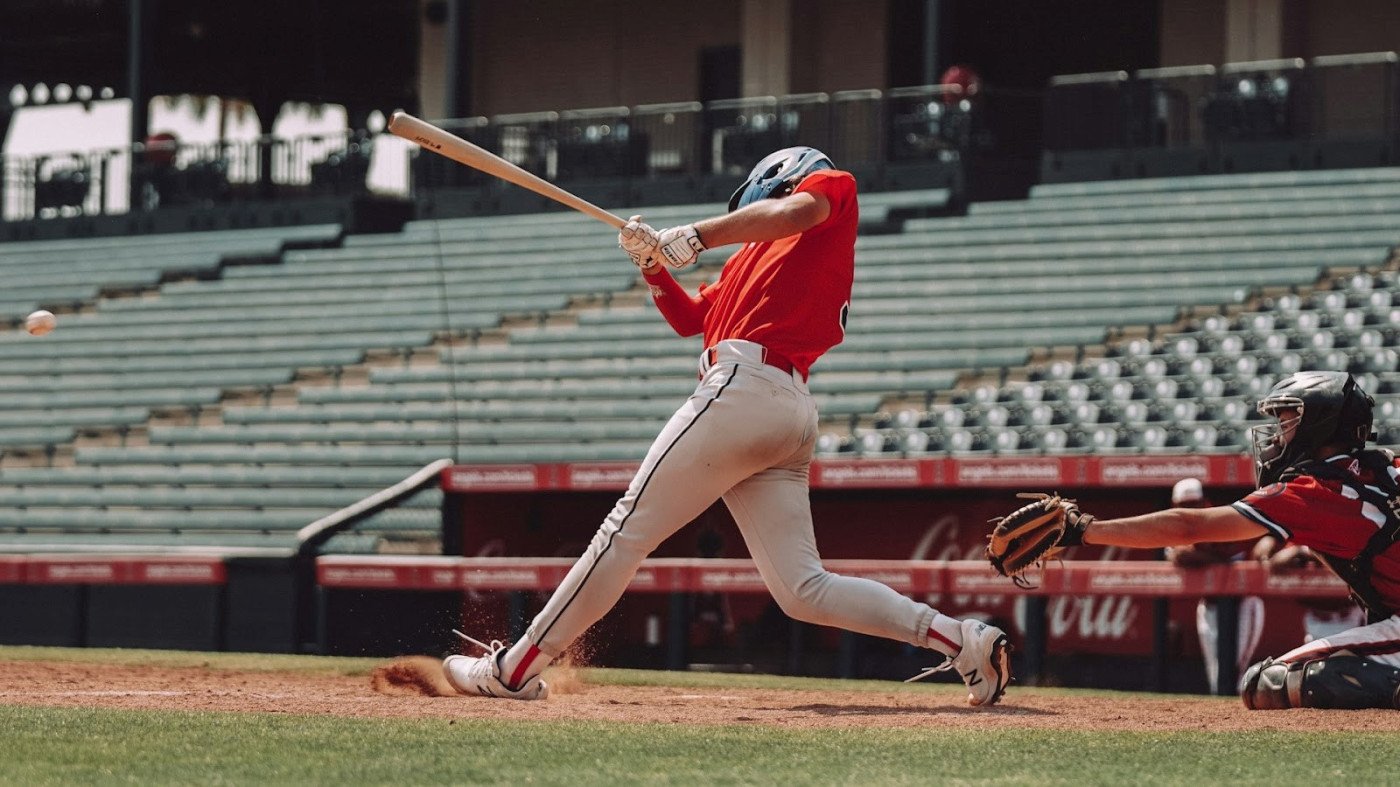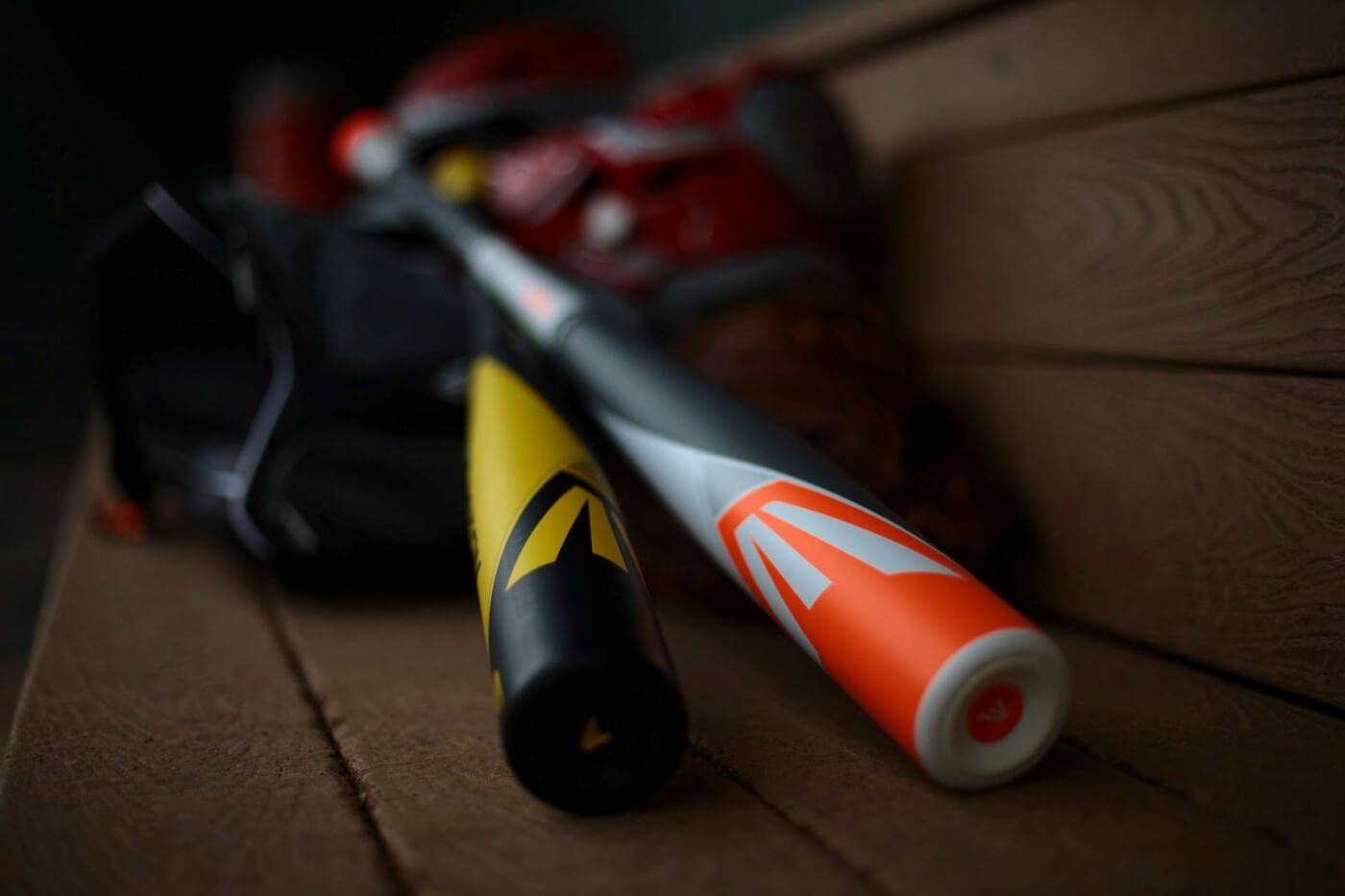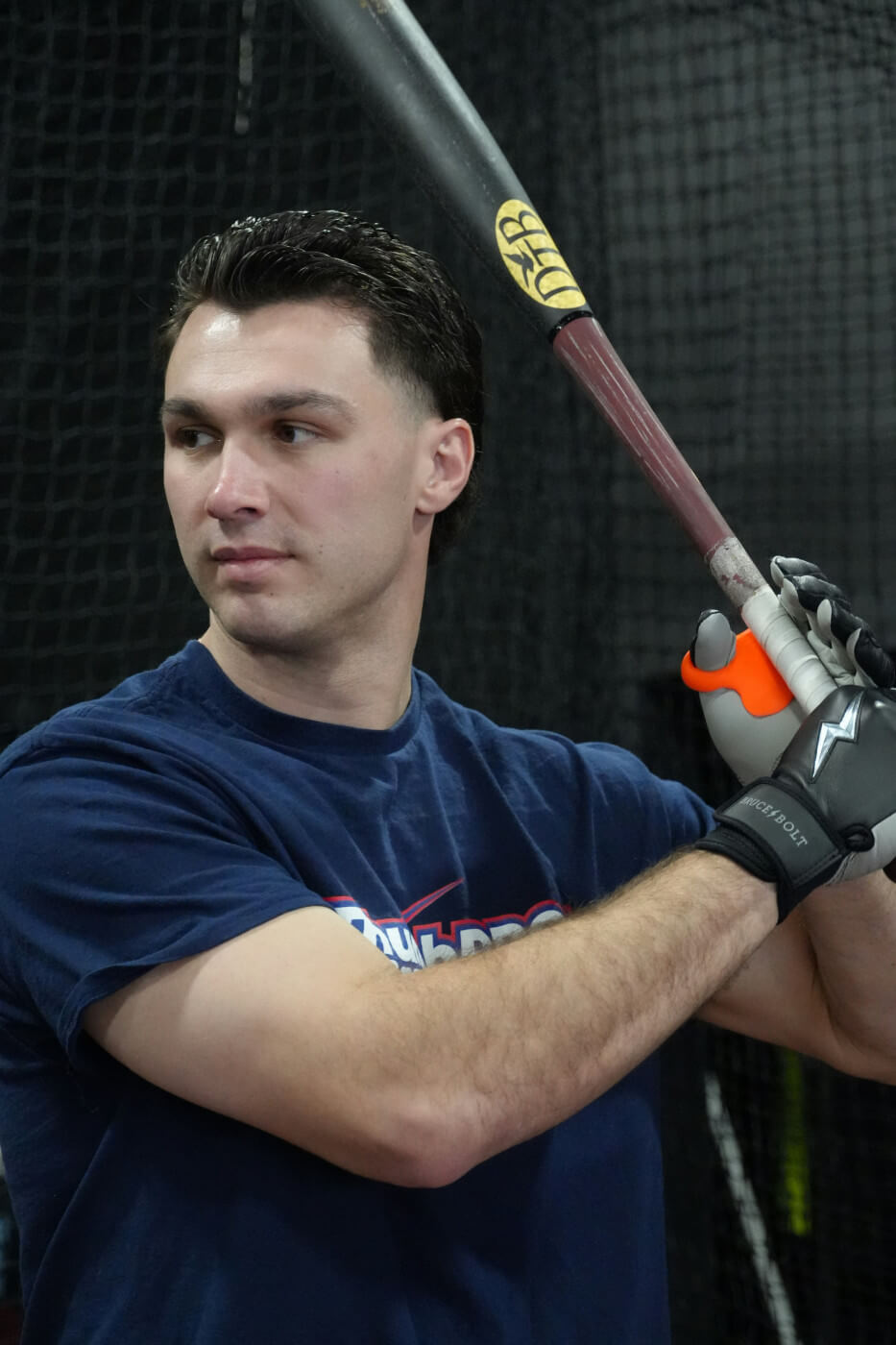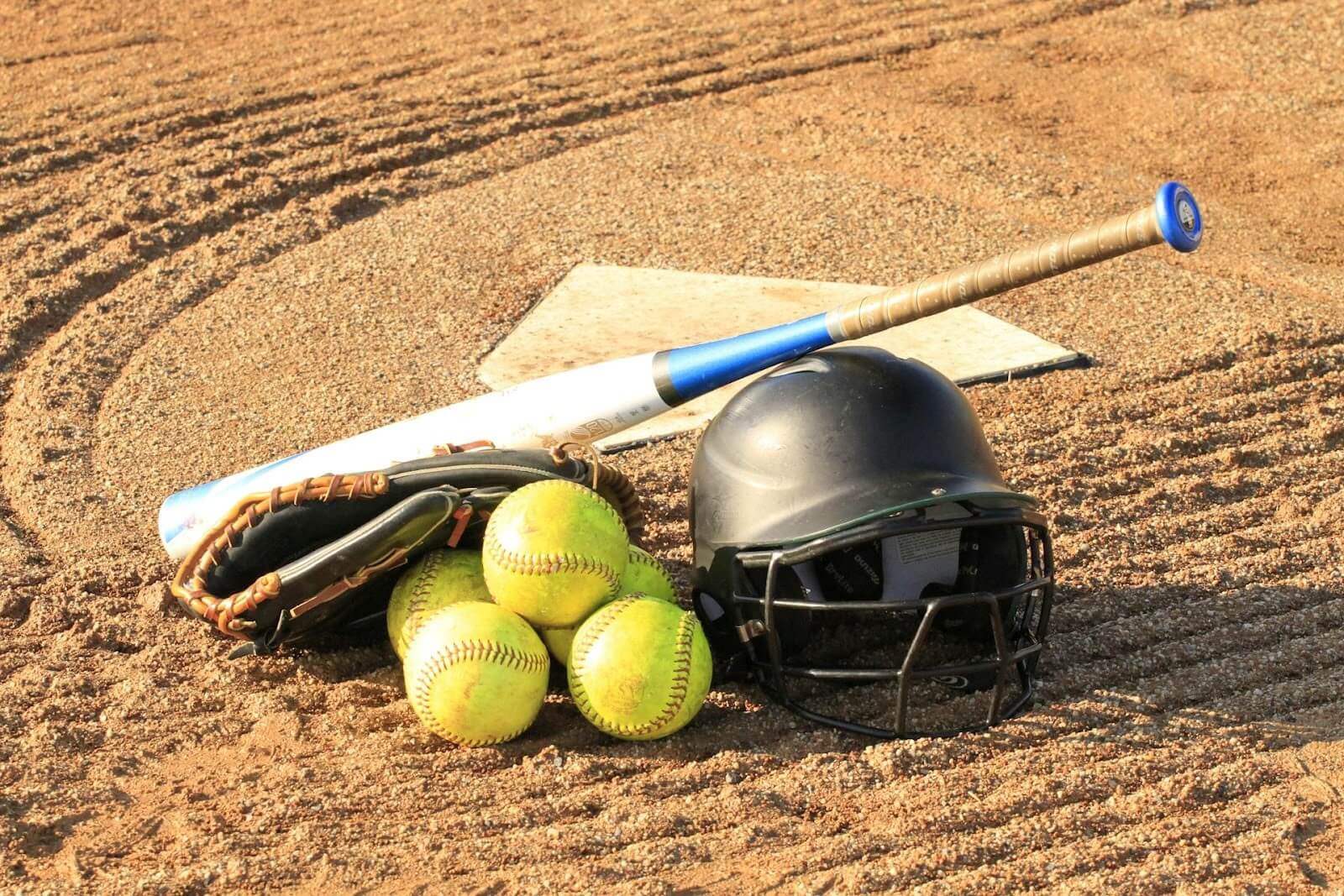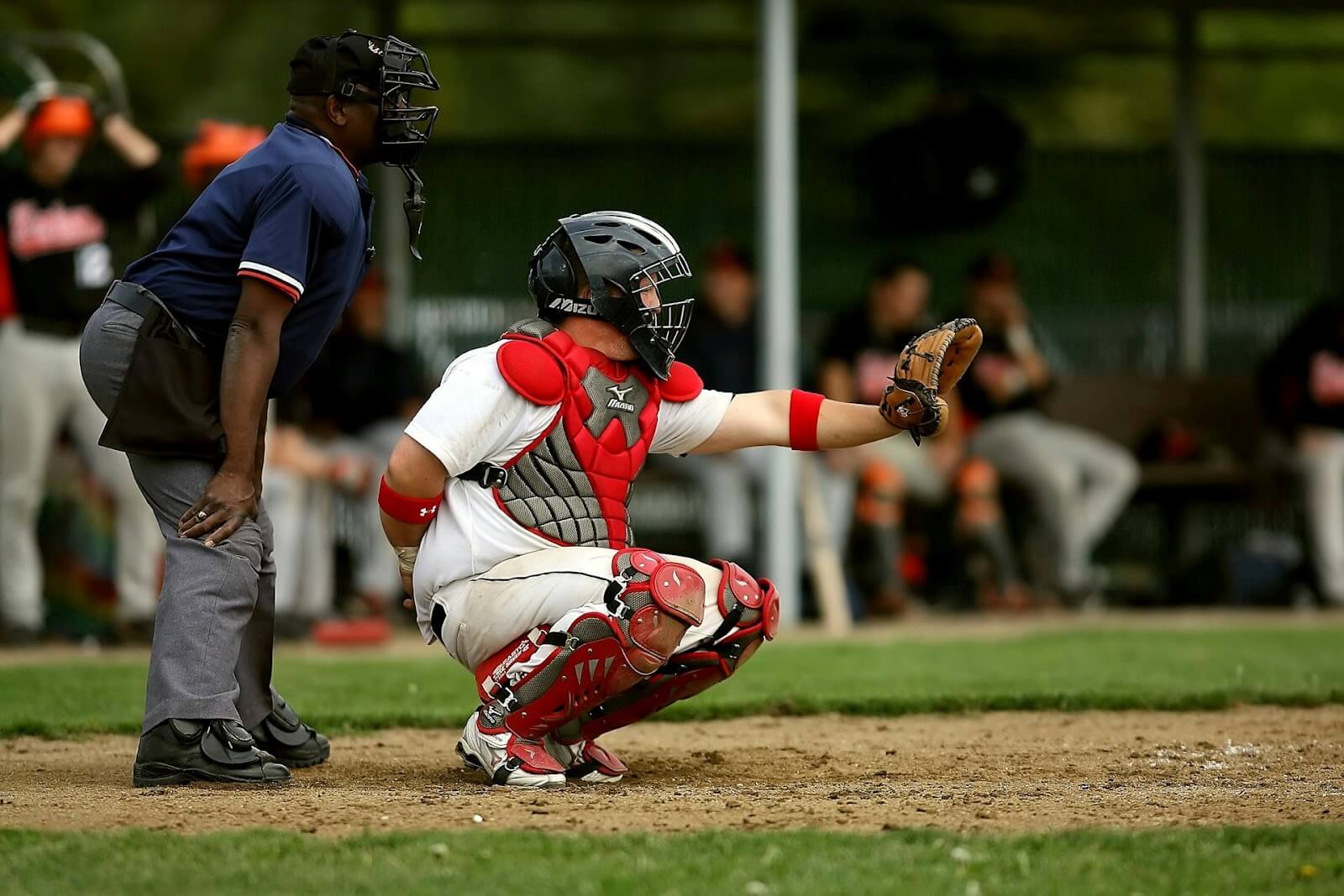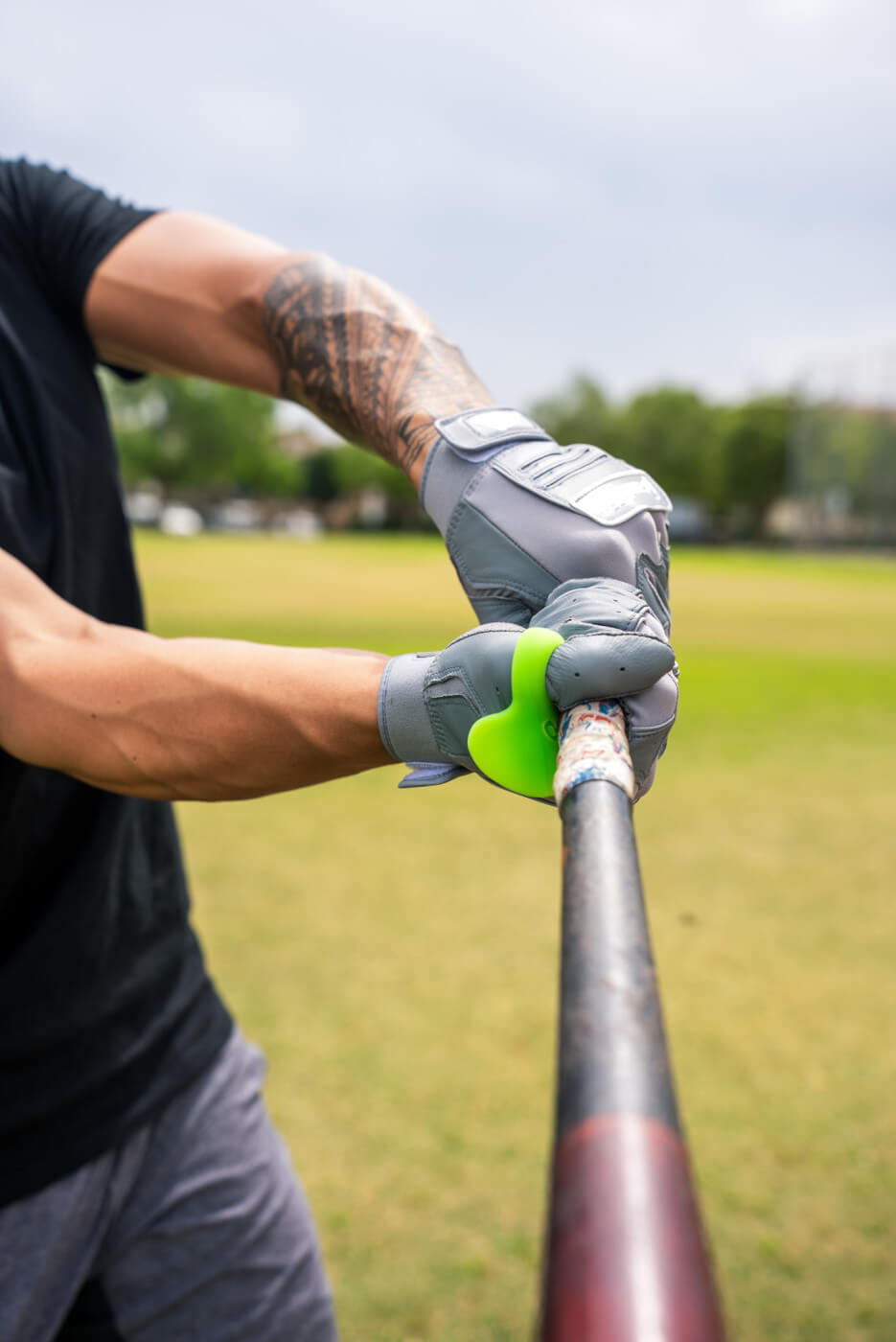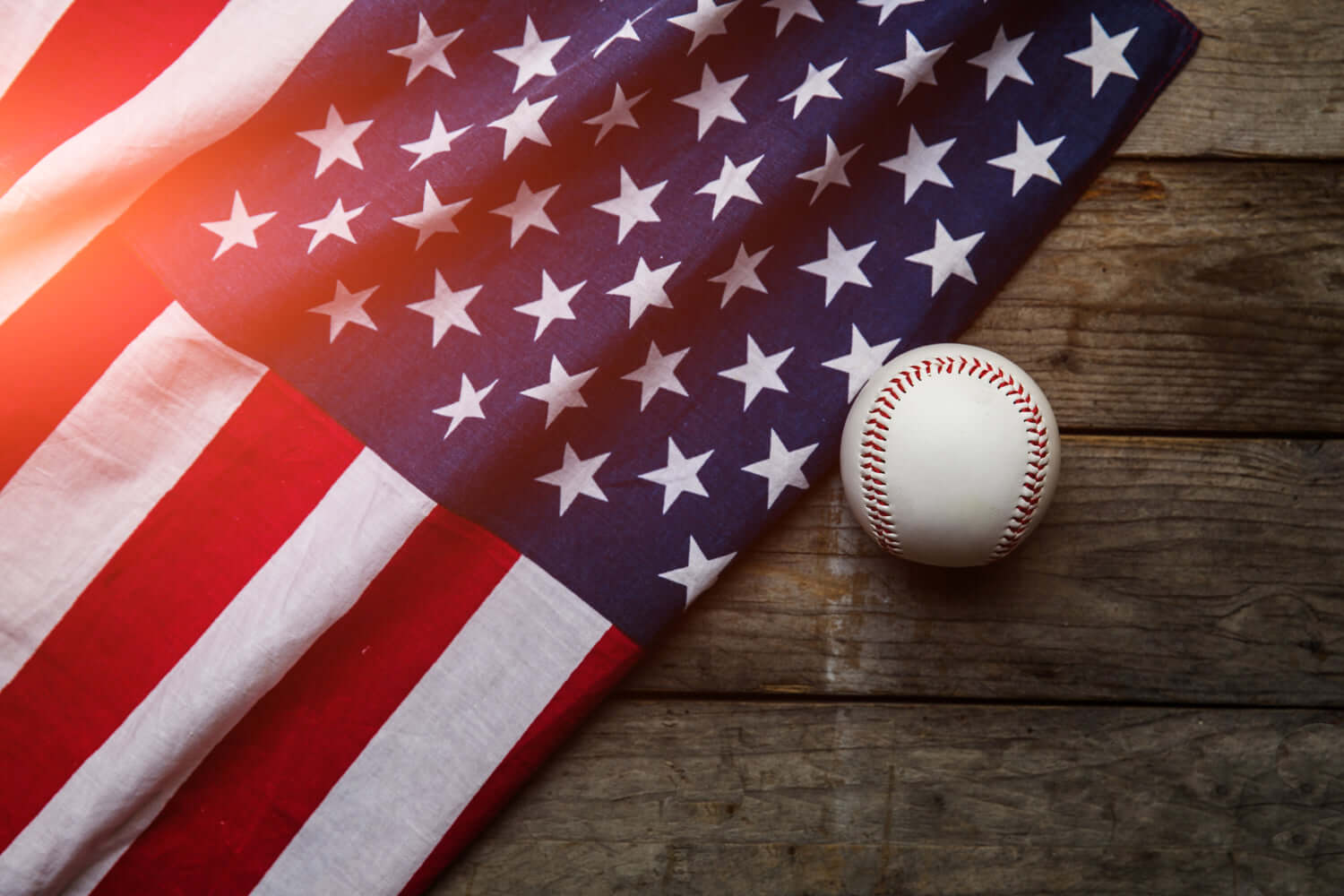Thumb pain and injuries in baseball are common yet often overlooked issues that can significantly impact a player's confidence and performance on the field. The repetitive nature of batting and high-impact forces make the thumb particularly vulnerable to pain, sprains, fractures, and ligament tears. These injuries can sideline players and affect their long-term ability to play.
This reality is underscored by recent injuries to key players like Masataka Yoshida and Triston Casas of the Boston Red Sox, whose thumb-related setbacks have had substantial impacts on their playing time and team performance. The emphasis on prevention and effective treatment is therefore important for maintaining a player's career longevity and success at the plate.
One notable innovation in injury prevention is the introduction of thumb guards. These protective devices are specifically designed to shield the thumb from shock and reduce the occurrence of common injuries. By absorbing vibrations and preventing bat sting, thumb guards offer an additional layer of protection, allowing players to swing confidently and comfortably. Their growing popularity among MLB professionals, as well as MiLB, college, and youth players, highlights their significance in enhancing protection, proper grip, and control. This makes them an essential tool in a player's protective arsenal, helping to maintain player availability and performance throughout the season.
Tools to Prevent Thumb Pain & Injuries
These days, many players are turning to specialized tools, like thumb guards, for pain and injury prevention in baseball. These devices serve multiple purposes, primarily safeguarding players from impact injuries and the dreaded bat sting that often accompanies a jammed swing or a fast pitch.
The purpose and benefits of thumb guards are extensive. They act as a buffer between the hand and bat, absorbing vibrations and minimizing the force transmitted to the thumb during impact. This protective measure is key in preventing hand jamming and reducing the risk of thumb sprains, fractures, and ligament damage. Moreover, by mitigating the shock from striking the ball, players can enjoy enhanced comfort, allowing for a better grip and improved batting performance. It's no wonder that an increasing number of professional players are turning to thumb guards to maintain control and precision at the plate.
When it comes to design and material, thumb guards can vary widely. Some are simple rubberized ovals that slip over the thumb. However, the ThumbPRO stands out due to its meticulous engineering, offering maximum protection without compromising comfort or mobility. ThumbPRO snugly fits between the hand and the bat, ensuring proper bat position and protection throughout the swing. Made from advanced shock-absorbing materials, it reduces the sting felt from ball contact. ThumbPRO's ergonomic design guarantees a secure fit, and it is the only thumb guard on the market with an extended curved surface that wraps around the thumb for comprehensive coverage. This unique feature sets ThumbPRO apart from other variants.
Players have a wide array of options for availability and customization. Thumb guards come in various sizes and colors, allowing for personal preference and style to come into play. Whether seeking a specific fit or a particular look, players can find what they need through online platforms and sports stores. This accessibility and the ability to customize make thumb guards an attractive option for players at all levels, from amateurs to seasoned professionals.
Recognizing and Responding to Thumb Injuries
Thumb pain and injuries, while common in baseball, can profoundly impact a player's confidence and ability to stay in the game if not addressed promptly and correctly.Recognizing the signs and symptoms of these injuries is the first step toward ensuring a swift recovery and return to the field. Common indicators include pain at the base of the thumb, swelling, decreased range of motion, and difficulty gripping objects or applying pressure with the thumb.
Ff an injury is suspected seeking consultation from a doctor, sports medicine specialist or an orthopedic physician is advised. These professionals can assess the severity of the injury through physical examinations and imaging tests, such as X-rays or MRI scans if needed. Their expertise ensures that players receive the most effective treatment plan, which could range from physical therapy and rest to surgery for more severe cases.
Pain management is an integral part of the treatment process. Medical practitioners may recommend over-the-counter pain relievers or prescribe medication to alleviate discomfort. Moreover, a tailored rehabilitation program designed by a physical therapist may be necessary to restore strength and mobility to the injured thumb.
Addressing thumb injuries with due diligence allows players to navigate recovery effectively. By recognizing symptoms early, responding with appropriate initial care, and seeking professional guidance, players can pave the way for a successful recovery. This approach not only helps treat the current injury but also plays a vital role in preventing future complications, ensuring players can continue to perform at their best without being held back by the limitations of thumb injuries.
Rehabilitation and Strengthening Exercises for Thumb Recovery
Recovery from thumb injuries in baseball is not just about healing; it’s about regaining strength, flexibility, and function to prevent re-injury. This process is crucial for players looking to return to their pre-injury performance levels. An effective rehabilitation plan, often developed by a physical therapist, is central to achieving these goals.
Common rehabilitation exercises for thumb injuries start with gentle range-of-motion activities to reduce stiffness and increase flexibility. These may include thumb bends, where the thumb is gently flexed towards each finger, and thumb extensions, stretching the thumb away from the hand. As healing progresses, strengthening exercises become integral. One such exercise is the thumb opposition stretch, where the tip of the thumb touches the tip of each finger, enhancing coordination and strength.
Physical therapy plays a pivotal role in recovery, offering a structured setting where players can perform their exercises under supervision. Therapists can adjust the regimen based on the player’s progress, adding resistance exercises like squeezing a soft ball or using rubber bands to improve grip strength. They also employ modalities such as ultrasound therapy or electrical stimulation to enhance healing and manage pain.
In addition to targeted exercises, a comprehensive rehabilitation program addresses the need for a gradual return to play. This phase begins with light baseball-related activities, gradually increasing the intensity and duration as the thumb regains its normal function. Throughout this process, maintaining an open dialogue with the healthcare team ensures that the progression is appropriate and that any signs of overuse or re-injury are addressed promptly.
Preventing future thumb injuries is another vital component of rehabilitation. This may involve ongoing strengthening exercises, using protective gear like thumb guards, and modifying technique to reduce the strain on the thumb. Developing an exercise regimen that includes wrist and forearm exercises can also enhance stability and reduce the risk of injuries not only to the thumb but the entire hand.
Final Thoughts on Thumb Injury Management in Baseball
Preventing thumb injuries is vital for ensuring the long-term performance and comfort of baseball players. Utilizing protective gear like thumb guards plays a key role in safeguarding against common hazards and keeping players in the game. Thumb guards, like the ThumbPRO are designed to help prevent injuries, thereby reducing the need for extensive downtime and rehabilitation.
Adopting best practices for injury prevention is also essential. This includes incorporating proper techniques in training and gameplay to minimize strain on the thumb. Regular conditioning and strengthening exercises for the hands and wrists can further enhance resilience against potential injuries.
Players at all levels of the sport are encouraged to integrate these preventive measures into their routine. By prioritizing thumb health through the use of protective gear and proper practices, players can enjoy the game they love with minimal interruptions and maximum performance.




